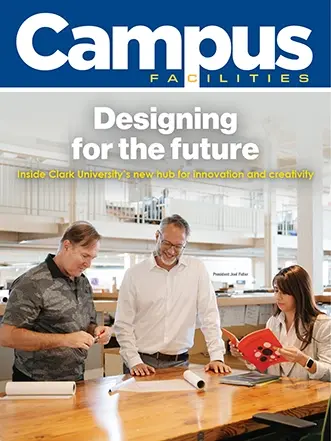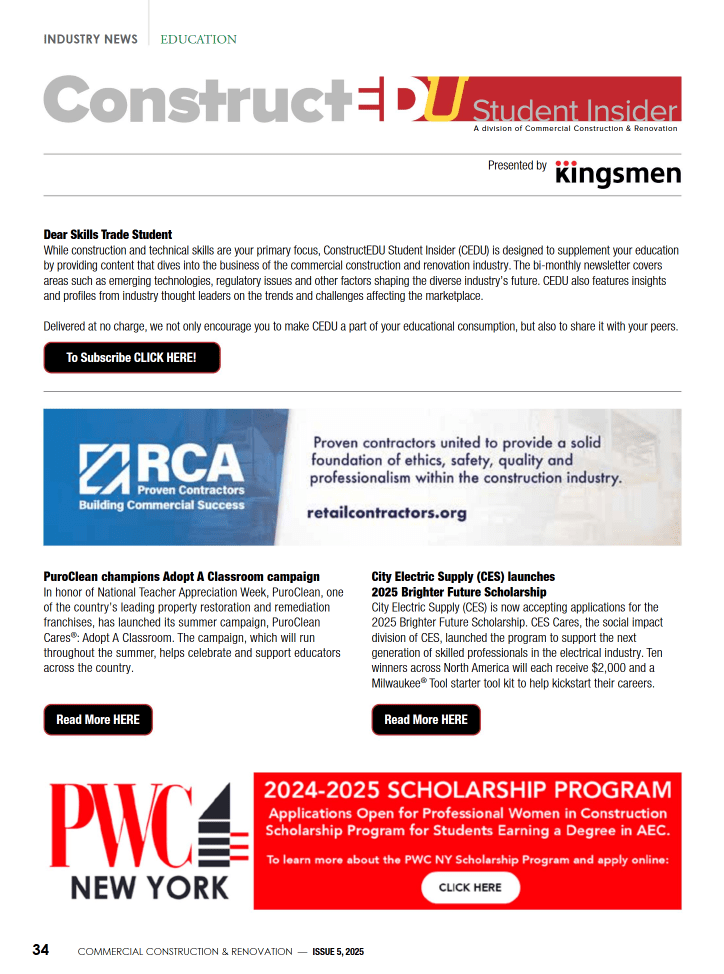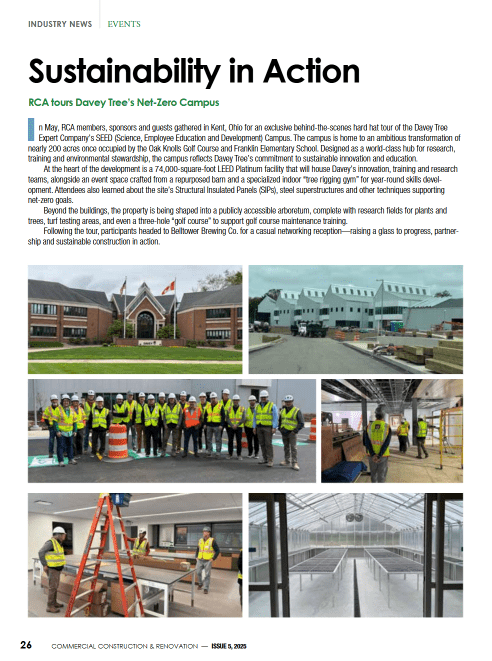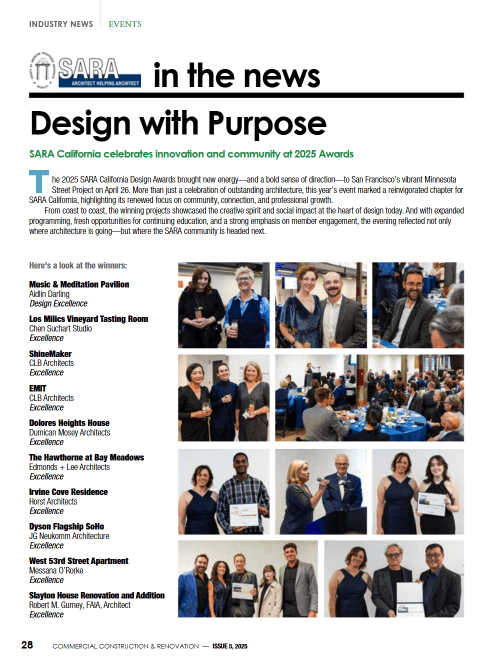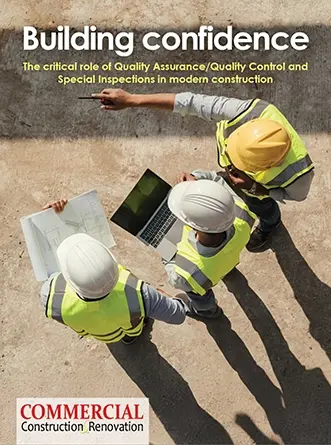Advancements in technology are rapidly allowing for digital transformation in various industries. The construction industry, for example, has advanced rapidly due to advancements in technology.
Technologies like the internet of things (IoT) and artificial intelligence (AI) help many construction companies in eliminating low productivity and long-standing inefficacies. Staying updated with the latest trends in technology is essential to any construction company.

Some of the technological trends that are emerging in the construction world are outlined below:
- Augmented Reality (AR) And Virtual Reality (VR)
Augmented reality (AR) and virtual reality (VR) are technologies that have enabled customers and construction companies to visualize features of the different phases of construction projects.
AR refers to an upgraded version of the actual world which can be achieved by using sound, digital visual features, or other technological sensory stimuli. And VR, on the other hand, refers to an artificial environment created by software with a virtual model of the real world that is presented to the user.
Plan sets such as computer-aided design (CAD) and 2D can be modified into a fully immersive VR and AR, offering a virtual 3D surface view of constructs allowing the stakeholders to get a clear understanding of the construction project. AR systems can also display critical details about equipment as the user looks at the components or warnings about nearby risks. Both VR and AR can help detect errors in coordination and design.
- Cloud And Mobile Technology
Automation is another aspect that has been appreciated across all industries. The construction industry allows for automated processes, which enable the control of home appliances such as thermostats remotely through smartphones.
Smart buildings use sensors and microchips to collect data, which helps in managing according to the set functions. This information can be stored in the cloud, which can allow engineers, contractors, and developers to integrate their processes and manage them in a single cloud-based platform. In Europe, for example, Buchanan Technologies offers managed IT security services, which can help in managing your network security.
- Building Information Modelling (BIM)
BIM is a construction technology trend that attempts to make the building process more accurate due to its ability to illustrate project development in a highly collaborative and open environment.
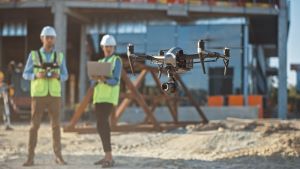
BIM enables the accessibility of resource management, enhances collaboration, and ensures that people communicate throughout the entire project.
It can also help to facilitate the tackling of challenges such as quality control issues, budget overspending, or project delays.
- Prefabrication And Modularization
Over the years, prefabrication has been in use in the construction industry, with newer technologies arising gradually, making prefabrication more beneficial to this industry. This has been impacted by the recent appreciation of green building, thereby designing and constructing environmentally friendly buildings.
Modularization is yet another rising trend that features off-site construction and offers the promise of faster construction periods and consistent quality.
Prefabrication and modularization are eco-friendly techniques since the extra materials obtained when working the project can be recycled.
- Drones
Can also be referred to as unmanned aerial vehicles (UAVs). Drones are aircrafts which can be piloted through a computer or a remote. The use of drones is evolving rapidly as many construction companies rely on them heavily.
Drones can be used in the construction industry to track progress or conduct surveys through generating maps, photos, and 3D images from the aerial perspective. Moreover, drones help in improving productivity and ensuring work safety within the site.
- Robotics
The use of robots in the construction industry is also on the rise, performing tasks such as steel-truss assembly, brick laying, concrete laying, welding, painting, and installation. These tasks are non-variable and repetitive, which stands as the main obstacle in the growth of the robotics technology in the construction industry.
Robots are also used in house demolitions and carrying heavy objects to specific coordinates.
- Big Data
Big data refers to a term that describes extremely large sets of data which can be used in uncovering hidden behavioral patterns, trends, or unknown correlations. This data can help in decision making processes and also in evolving construction technological advancements.
Big data is gathered from social media, internet searches, digital photographs, and mobile phones. In the construction industry, big data can help in picking out patterns and risk probabilities which can lead to success rather than failure. It can also be fed back to the BIM systems purposed to schedule the required maintenance tasks.
- The Takeaway
Technology is rapidly advancing across all industries. The construction industry has also benefitted from these technological advancements. The outline above entails some of these technological advancements in the construction industry.
















